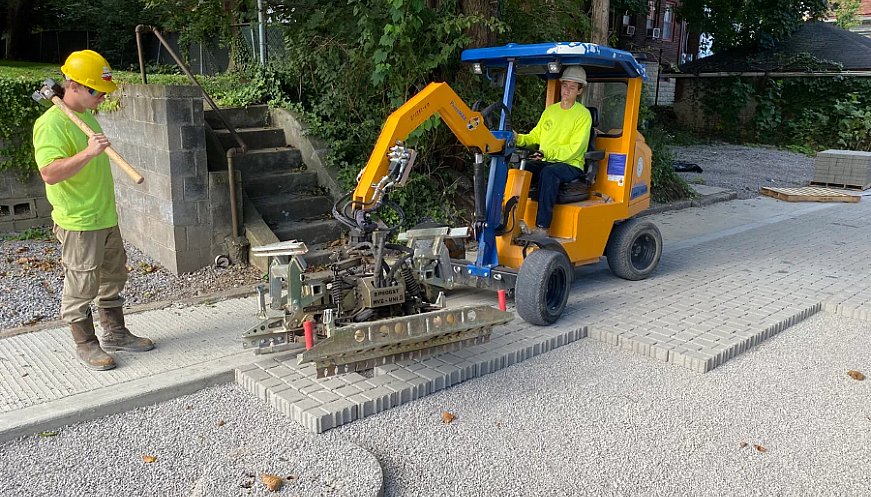 Photo: Pittsburgh Water and Sewer Authority
Photo: Pittsburgh Water and Sewer Authority
Urban planners are turning rain into an asset by creating ‘sponge cities’, using green spaces to manage increasingly heavy rainstorms. Pittsburgh, Pennsylvania, is using a more permeable surface made of concrete bricks interspersed with crushed stone so water can trickle down between them. Rain gardens, vegetated plots on a property or roadside that capture water washed off the street, and ditches filled with grass and plants so stormwater seeps into the ground, also are being used. Drought-stricken Los Angeles is using streetside green spaces to feed underground water tanks, and recently enhanced the 150-acre Tujunga Spreading Grounds. Piped into giant basins, stormwater seeps into the dirt and recharges local groundwater. But the benefits of such ‘natural infrastructure’ go beyond preventing flooding - a rain garden of native plants attracts bees that fertilize food-producing plants and green spaces “sweat” water back into the air to cool the city. And by recharging groundwater, cities keep their underlying soil from sinking and collapsing like an empty plastic bottle.
More:














